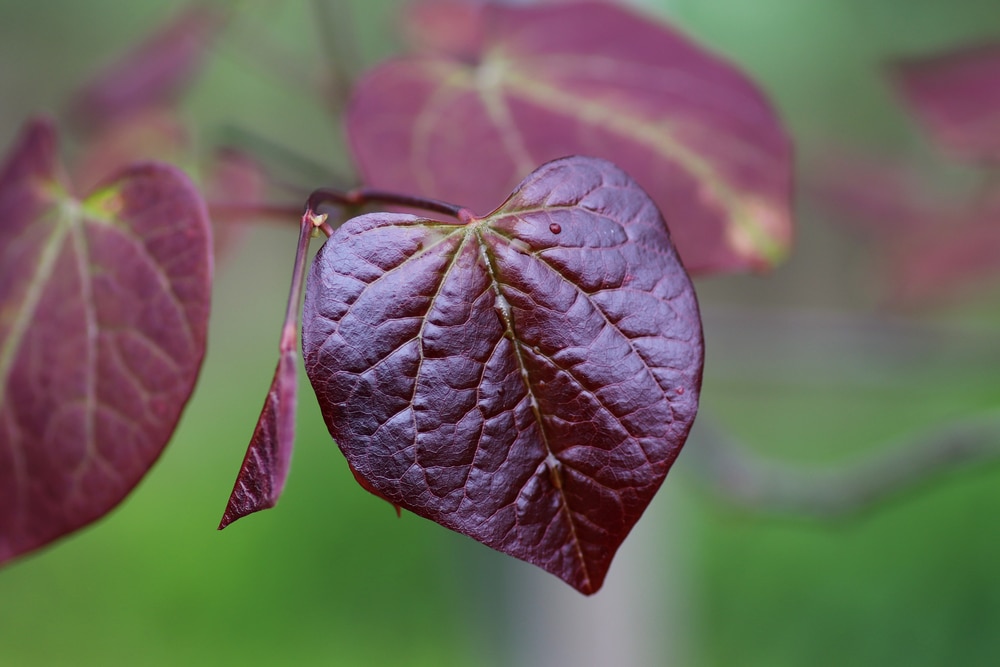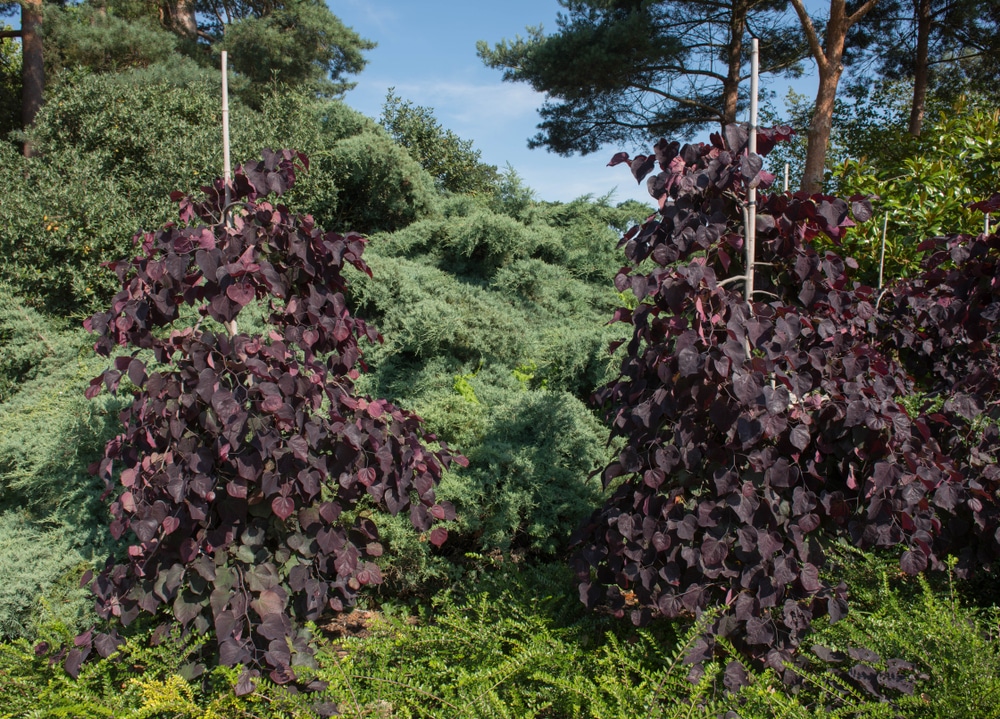The Ruby Falls Redbud is a beautiful, compact tree perfect for any landscape. This elegant plant offers eye-popping color year-round, with vibrant purple to red leaves in the spring to bright yellow in the fall. Capable of growing in zones 5 through 9, there are very few places that would have trouble propagating it.
Ruby Falls Redbud Problems
As with any shrub, potential issues may arise when caring for a Ruby Falls Redbud. From wilting leaves to fungal infections, this article will discuss a few common problems that can occur and how you can fix them. You’ll learn how to have a healthy, thriving Redbud in your very own yard.
Canker
Many Redbud trees can occasionally suffer from an ailment known as canker. Canker is an infectious disease causing a small area of dead tissue on the tree’s stems. It can start very small, growing slowly over time and eventually becoming deadly.
There are various causes of creating a canker, including biotic fungi, bacteria, wounds, or unlivable conditions such as extreme temperatures. The bacteria that causes canker is almost always present on the surface of the tree and only becomes problematic once it finds its way inside.
Catching canker in its early stages is the only way to prevent further infection. Trim off the affected stems using correct pruning methods. Unfortunately, if the canker is on the tree’s trunk, it may need to be replaced.
Preventative measures are the best way to avoid dealing with canker on your Ruby Falls Redbud. Proper pruning, fertilization, and pest control are some of the most effective steps you can take to protect your tree.
Verticillium Wilt
Caused by a soil-borne pathogen, Verticillium dahliae, Verticillium wilt is an unfortunate disease that plagues hundreds of plant species. Once the condition has occurred, no known pesticides or treatments can cure it, so taking preventative measures is critical.
The most common symptom of Verticillium wilt is dry, scorched-looking leaves. Leaves may not grow as big as is typical, turning yellow or brown, and will eventually die. Pruning dead and dying branches will prolong the life of your tree but ultimately will not get rid of the disease.
Avoid planting your trees in areas where you or a neighbor has had issues with Verticillium wilt in the past, as it can remain in the soil. Thoroughly sanitize any gardening tools to prevent the spreading of the disease further.
Verticillium dahliae can remain dormant in the soil and may only become dangerous if your tree is under significant stress. To prevent this, avoid over and underwatering, and be sure your Ruby Falls Redbud is adequately fertilized and shaded.
Transplant Stress
During the transplant process, Redbud trees can suffer intense stress. The longer the tree has been in its original location, the more difficult the transplant process will be. The stress of the move is likely to cause wilting leaves, and it may take several days before your Ruby Falls Redbud starts to adjust to its new environment.
To make a move as easy as possible, choose the perfect location for your tree before replanting it. A recently transplanted Redbud will not likely survive a second move, so you want to avoid this at all costs.
Choose a location with good light and partial shade, well-drained soil, and at least 3-6ft away from your home. Watering thoroughly, down to the roots, will help your Redbud to adjust to its new environment in no time.
Ruby Falls Redbud Problems: Conclusion
There are, unfortunately, a vast number of issues that can affect any living thing, and the Ruby Falls Redbud is no exception. Proper care is the best way to avoid any of the abovementioned issues.
Plant your Ruby Falls Redbud in an area where other plants are thriving and are unlikely to have any harmful bacteria. Treat pest infestations swiftly to avoid damage or wounds to the tree, which will help prevent canker and other infectious diseases.
With a bit of love and care, your Ruby Falls Redbud will surely live a long and healthy life. They are easy-to-care-for shrubs that will hopefully adorn your property for many years. Their beautiful, heart-shaped leaves are sure to be a favorite of passersby and a great addition to any yard.

